Retro Replay Review
Gameplay
SimCity puts you in the shoes of mayor and urban planner, granting full control over an empty plot of land that begs for your architectural vision. You begin with a modest budget and must zone land for residential, commercial, and industrial use, laying the groundwork for a thriving population. Residential zones attract citizens, commercial areas generate business activity, and industrial districts create jobs and manufacture goods—all of which depend on your careful placement of roads, power plants, and basic services.
(HEY YOU!! We hope you enjoy! We try not to run ads. So basically, this is a very expensive hobby running this site. Please consider joining us for updates, forums, and more. Network w/ us to make some cash or friends while retro gaming, and you can win some free retro games for posting. Okay, carry on 👍)
As your city grows, challenges multiply: traffic congestion demands expanded road networks or alternative transit, rising crime rates call for police stations, and fire hazards necessitate strategically placed fire departments. Schools improve education levels, stadiums boost civic pride, and seaports or airports open trade routes to far-flung markets. Balancing these elements becomes a juggling act, where every decision ripples through your urban ecosystem.
Financial management is central to the experience. Property taxes provide the bulk of your income, but high rates can drive citizens away, while low rates can starve your budget and curtail essential services. You’ll face tough choices—investing in a clean but expensive nuclear power plant versus a polluting coal option, or allocating limited funds between transport, public safety, and healthcare. Seasonal disasters and scenario objectives add further urgency, testing your ability to respond under pressure.
Graphics
SimCity’s original PC edition employs an isometric, tile-based view that remains clear and functional decades after its release. Each building, road, and utility icon is crisply rendered, and the color-coded zoning overlays convey critical information at a glance. Although primitive by modern standards, the game’s visuals strike a fine balance between readability and charm.
Ports to other platforms, such as the Amiga, Macintosh, and Atari ST, offered incremental graphical enhancements—smoother animations, richer color palettes, and faster scrolling. Console adaptations like the Super Nintendo Edition went further, introducing new scenarios framed by illustrated cutscenes and playful character cameos, which lend personality to the otherwise strictly utilitarian interface.
Ultimately, SimCity’s graphics serve their purpose: they keep you focused on decision-making without overwhelming you with unnecessary detail. The UI remains intuitive, with well-organized menus and tooltips guiding new players through the complexities of urban planning. While it lacks 3D effects or cinematic flair, the game’s visual clarity is vital for maintaining big-picture oversight of sprawling metropolises.
Story
SimCity doesn’t follow a traditional narrative; instead, it tells the story of your city’s rise (or fall) through emergent gameplay. Every zoning decision, tax adjustment, and infrastructure project becomes part of a personalized urban saga. Your citizens react in real time, sending feedback through demand bars, public opinion, and news alerts—creating a sense of living, breathing society.
For players seeking a more structured challenge, the game offers eight preset scenarios, each with its own backstory. You might step into the role of Detroit’s law-stricken mayor battling skyrocketing crime, or rebuild a quake-ravaged San Francisco under a tight deadline. These scenarios frame objectives and time limits around plausible urban crises, providing narrative context and measurable goals beyond the sandbox mode.
Some console versions introduce advisory characters—most notably Dr. Wright, who offers tips and commentary—and even playful cameos like Bowser in a Godzilla-style rampage scenario. These additions add a lighthearted narrative veneer, guiding players through difficult tasks while softening the stark operational challenges of city management.
Overall Experience
SimCity’s blend of strategic depth and open-ended freedom has cemented its status as a genre classic. The satisfaction of watching a tiny residential zone blossom into a glittering downtown skyline is immensely rewarding. Its nuanced balance between economic constraints, citizen happiness, and environmental concerns keeps each session fresh, whether you’re meticulously fine-tuning budgets or unleashing controlled disasters to test your emergency services.
While the learning curve can feel steep—especially when juggling multiple citywide metrics—the game’s pacing allows for patient experimentation. There’s no single “right” way to build a city; you learn through trial and error, celebrating successes and adapting to failures. Replayability is high, thanks to the variety of map types, disasters, and scenarios that encourage different styles of play.
For newcomers to city-building sims or veteran planners alike, SimCity offers a timeless experience. Its straightforward graphics and intuitive interface belie the depth of its systems, making it both accessible and endlessly engrossing. Whether you yearn to design the perfect urban grid or navigate complex policy trade-offs, this game provides a richly rewarding sandbox in which to flex your civic imagination.
 Retro Replay Retro Replay gaming reviews, news, emulation, geek stuff and more!
Retro Replay Retro Replay gaming reviews, news, emulation, geek stuff and more!
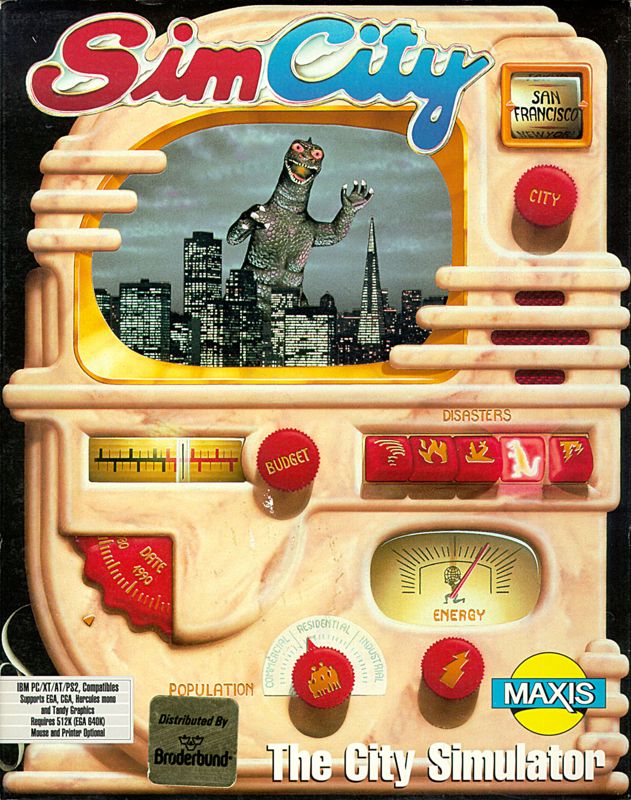
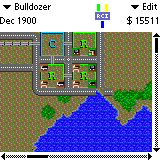

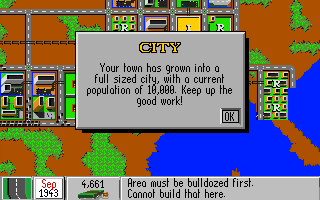
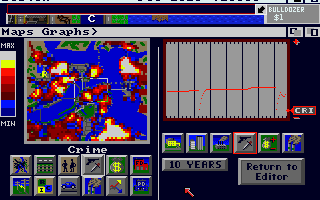
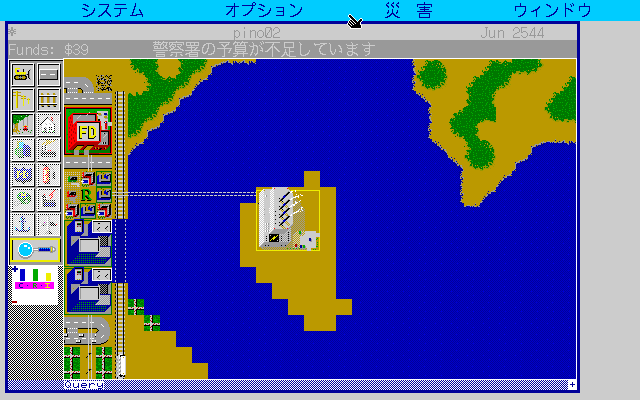



Reviews
There are no reviews yet.